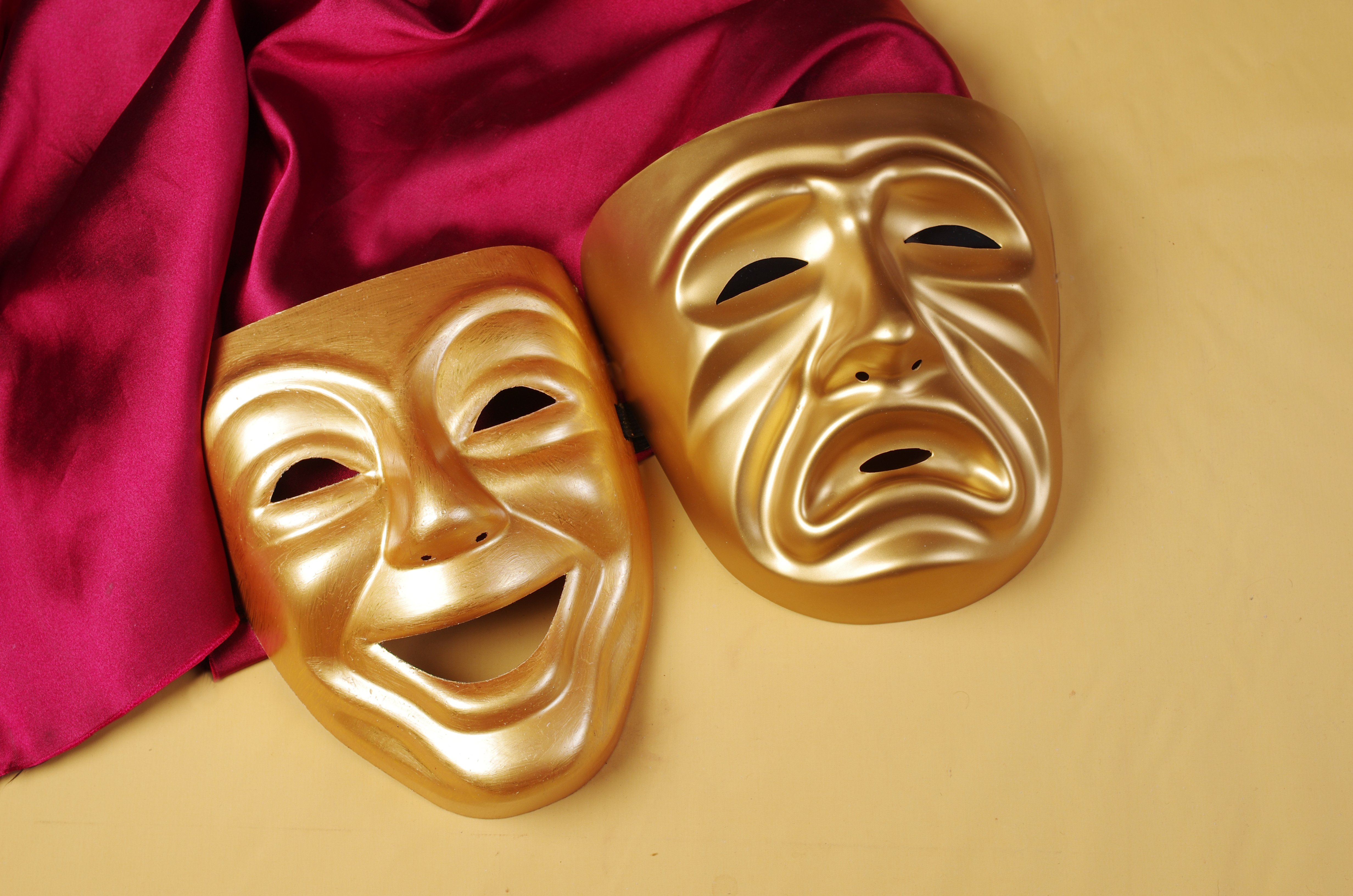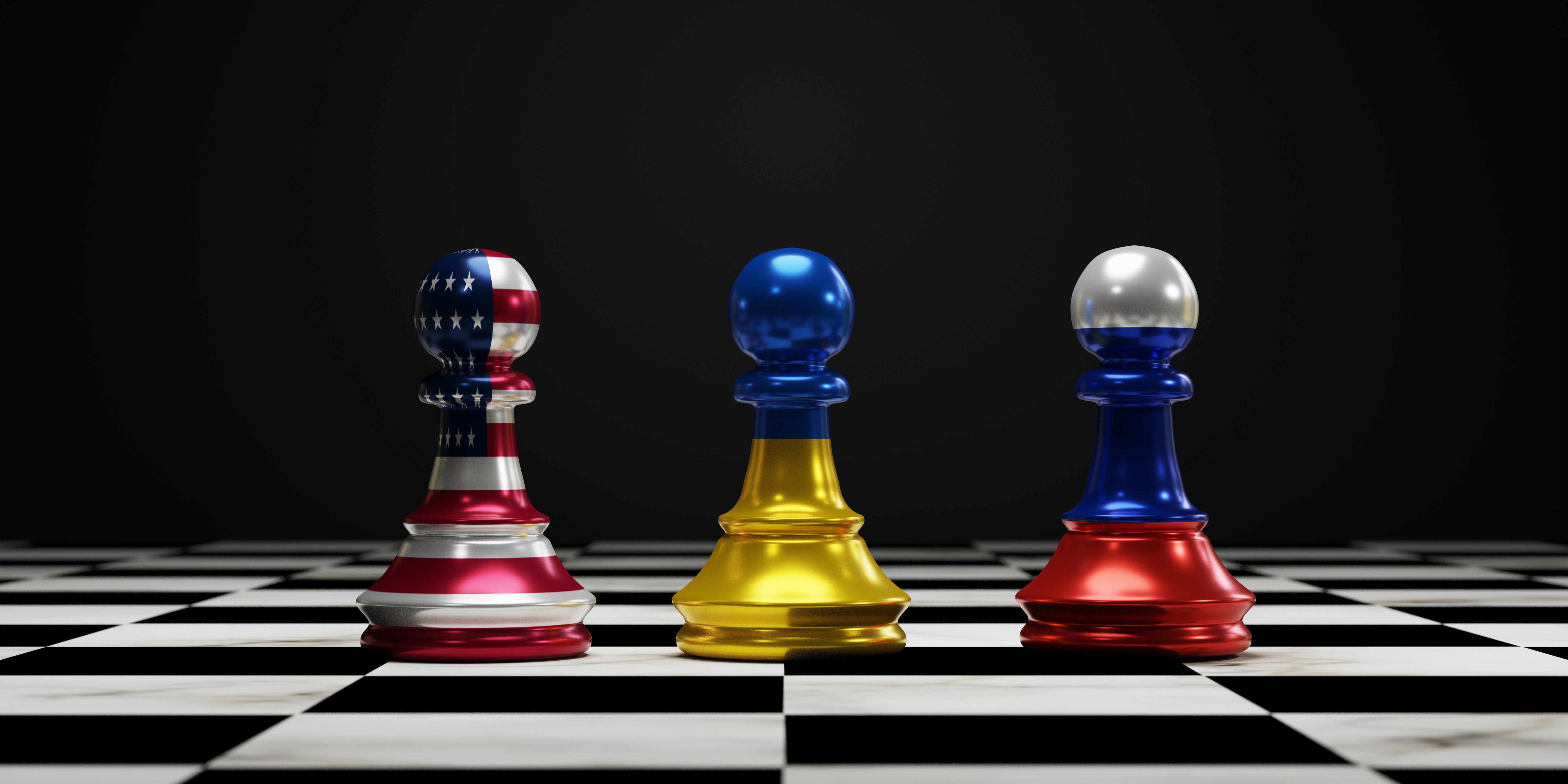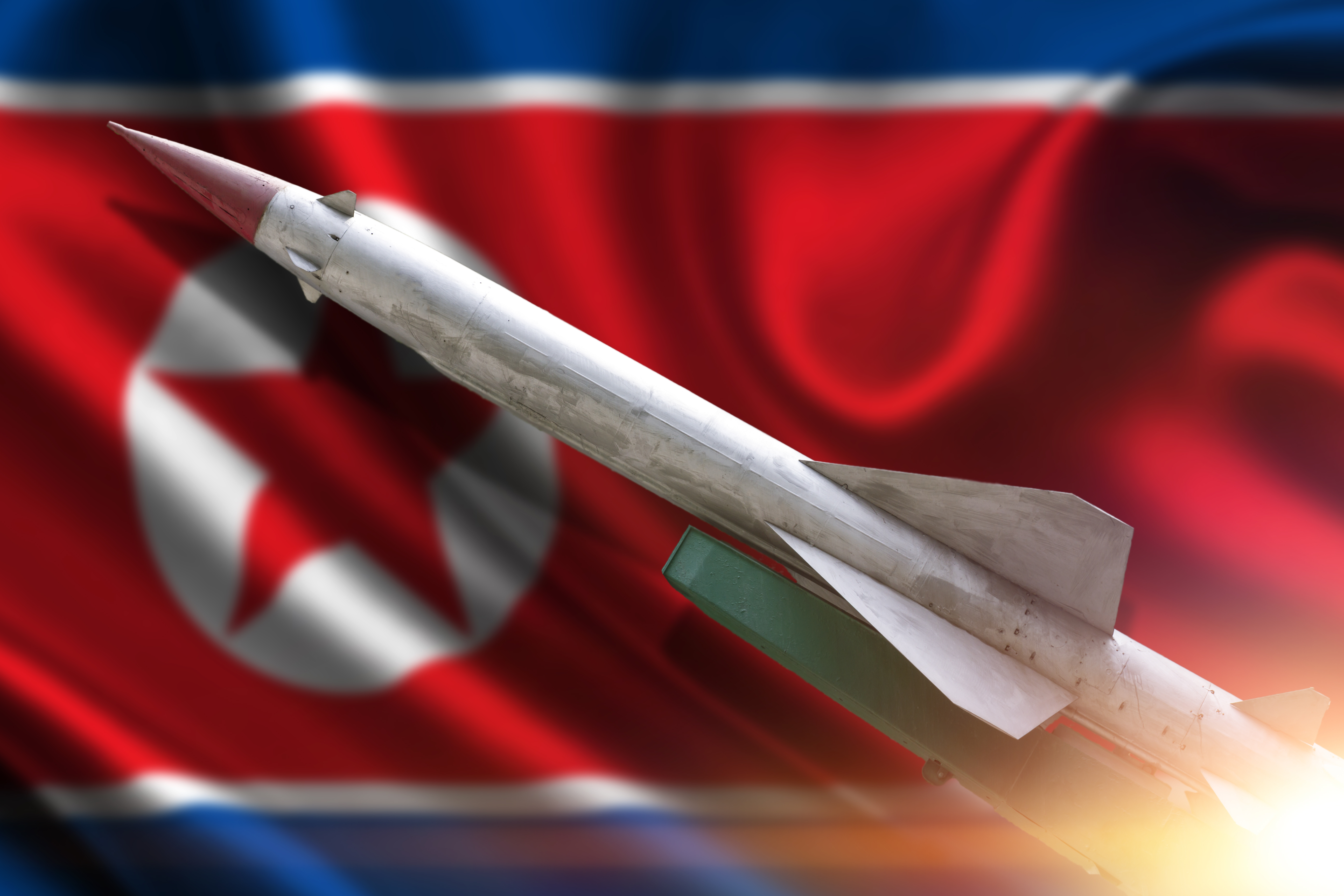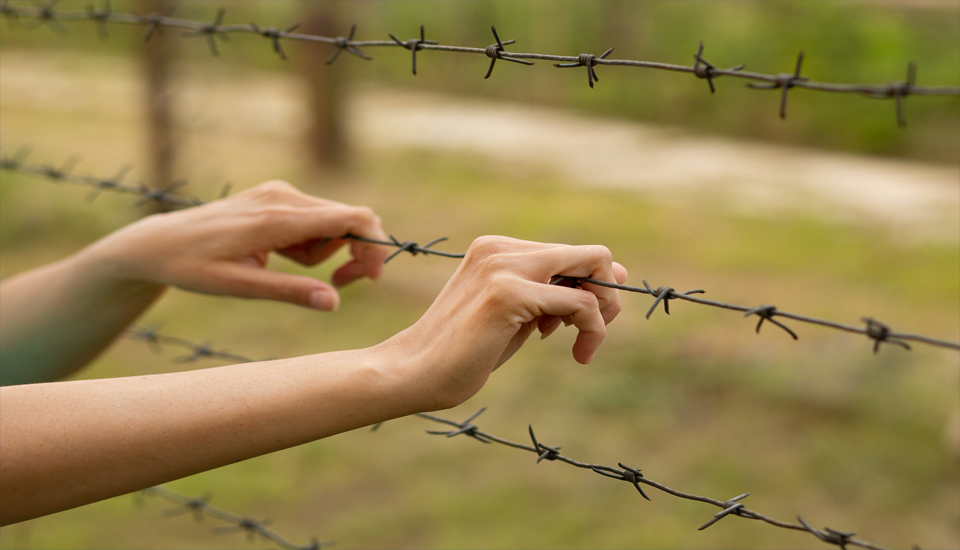
The Divergence of South and North Korean Comedies
Special Report | March 14, 2022
Young Jeong Park
Adjunct Professor at the University of North Korean Studies
Although South Korean and North Korean comedies both originated from theatrical features of the Japanese colonial era, the two comedies have diverged into distinct forms of art after the Korean War. In this Special Report, Young Jeong Park, Adjunct Professor at the University of North Korean Studies, compares and contrasts comedies of the two Koreas. While South Korean comedy is analogous to Western forms of theatre and is consumed via contemporary forms of entertainment, North Korean comedy is primarily used for propagandistic purposes and its production is under strict government regulation.
Prerequisites for South and North Korean Comedies
South and North Korean theatre were both derived from traditional theatricals (yeonhui), such as talchum (masked dance), and modern theatre of the Japanese colonial era. Accordingly, the two Koreas share a history of theatre that predates the division of the Korean peninsula. However, South and North Korean theater diverged after the division of the Korean peninsula. The South Korean theatrical scene experimented with new styles of theatre such as madanggeuk, breaking away from modern theatre styles following the introduction of “contemporary theatre” in the 1950-1960s. On the other hand, North Korea developed a new theatrical practice called “sunghwangdang-style revolutionary theatre” through the “theatre revolution” in the 1970-1980s. As such, contemporary theater dominated the theatrical scene in both Koreas during the latter half of the 20th century.
Changes brought upon by the modernization of South and North Korean theatre were reflected in comedy and tragedy – subgenres of theatre. Comedy especially further developed into a popular form of entertainment in both Koreas in the wake of the widespread distribution of television.
In South Korea, comedy served as an apparatus for social criticism through humor. Previously comprised of traditional satire and farce, the South Korean comedy scene saw the introduction of contemporary black comedy. In the 1970s, comedy evolved along with the widespread circulation of television broadcasts. Later on, comedy shows and sitcoms were introduced; such programs later developed into entertainment shows.
While the genre of comedy also exists in North Korea, the regime prohibits forms of comedy that explicitly criticize it. Comedy in North Korea is classified into satirical theatre and light comedy. In addition, hwasulsopum, which can be classified into jaedam (jokes), mandam (comic talk) and the like, is also a popular style of comedy. The TV show “Cheerful TV Stage,” on air since the early 2000s, featured jaedam of the Korean People’s Army Ensemble, which is primarily focused on humor in the military. The Central Art Propaganda Company, which distributes economic propaganda, also incorporates jaedam performances as a repertory of economic propaganda. During the “Arduous March” in the mid-1990s, the regime viewed that “hardship” should be overcome through the “sentiment of laughter.” This led to more frequent showings of light comedy and hwasulsopumperformances. The National Comedic Company was founded in December 1994 and has been very active since then, releasing nearly twenty new performances every year until 2007.
The Divergence of South and North Korean Comedies
The North Korean regime uses all artworks for propagandistic purposes; comedy is no exception. The North prohibits humor that contains any form of social criticism, including attacks against power structures. North Korean comedy therefore primarily serves as a propagandistic tool used to strengthen the regime and educate the people on party policies. The genre is comprised of light comedies, which serve the sole purpose of spreading humor. For instance, hwasulsopum, built around comedic features and humor, is identified as “propagandistic comedy for the regime.”
On the contrary, South Korean comedy embraced and incorporated various theatrical theories from the West. It inherited features of comedy during Japanese colonial rule. Furthermore, into the 1960s, the development of contemporary theatre entailed that the term “comedy” was no longer used to refer to a genre. Comedy was instead incorporated into general theatrical performances. Nonetheless, the emergence of the new theater style of madanggeuk exemplifies a unique aspect of South Korean theater, which is more diverse than North Korean theater. This sharply contrasts with the development of light comedy in North Korea.
In South Korea, comedy was not used as a statewide apparatus for mobilization campaigns and therefore lacked a footing as a genre – it was considered a secondary genre and its features were easily swayed by socio-cultural changes. In the meantime, major media outlets that deliver cultural content, such as radio or television broadcasts, drastically transformed; so did the audience that absorbs and consumes cultural content. However, the status of comedy had not been fully established — different forms of comedy such as mandam, gags, and entertainment shows have repeatedly appeared and disappeared amid socio-cultural change. In this regard, comedy is not standardized as a stereotyped genre in South Korea.
Characteristics and Differences of South and North Korean Comedies
South and North Korean comedy have continued to diverge and develop their own distinct features.
First, North Korean comedy largely consists of light comedies. As a form of comedy based on humor, light comedy has the standardized narratives which enhance social cohesion by repairing the partial flaws of the comedic object. In particular, light comedy serves to justify and rationalize the regime’s mass mobilization campaigns on the construction field. Therefore, it serves as conformist propagandistic art.
Second, satirical theater in North Korea targets external “hostile powers” such as the U.S. or South Korea rather than domestic power structures. Criticism against external countries ultimately solidifies unity within North Korea. On the other hand, condemnation against domestic power structures is only tolerated in performances set in the past. In contrast, South Korean comedy, particularly madanggeuk, is used as a tool for political criticism through satire against domestic power structures.
Third, while the titles of all North Korean comedy performances contain the name of the genre, South Korean performances do not. Including the genre in the title is a mechanism used to institutionalize theater performances. This entails that all North Korean performances are restricted to a particular genre. In other words, free and diverse expression is regulated.
Fourth, mandamand jaedam are interchangeably used to refer to one another in North Korea as both performances are identified as narrative genres that incorporate laughter. In terms of performance format, mandamis standardized as a solo performance; jaedam is a two-hander. Meanwhile, mandamis considered a two-hander in South Korea. Jaedam is identified as a performance that uses sori, such as jaedam sori, and is associated with the continuity of traditional jaedam rather than its link to mandam. ■
■ Young Jeong Park is an adjunct professor at University of North Korean Studies and the president of the Korean Artists Welfare Foundation. He has researched North Korean culture and inter-Korean cultural exchanges. Recently he published several papers on the intangible cultural heritages of North Korea.
■ Typeset by Seung Yeon Lee, Research Associate
For inquiries: 02 2277 1683 (ext. 205) | slee@eai.or.kr
Culture

After Deterrence: Implications of the Russia-Ukraine War for East Asia
Yang Gyu Kim | March 14, 2022

After the Missile Tests: North Korea’s Intentions and Game Plan for 2022 and Beyond
Hyeong Jung Park | February 24, 2022

The Geopolitics of Human Trafficking and Gendered North Korean Migration
Eunyoung Christina Choi | February 23, 2022
LIST